Menu
For starters, tree removal should be left to the professionals, whether the tree is big or small. A DIY approach may seem like a way to save money, but we don’t recommend it at all. Not only can it be dangerous, but it can also lead to property damage. But how much is removing a tree going to cost you?
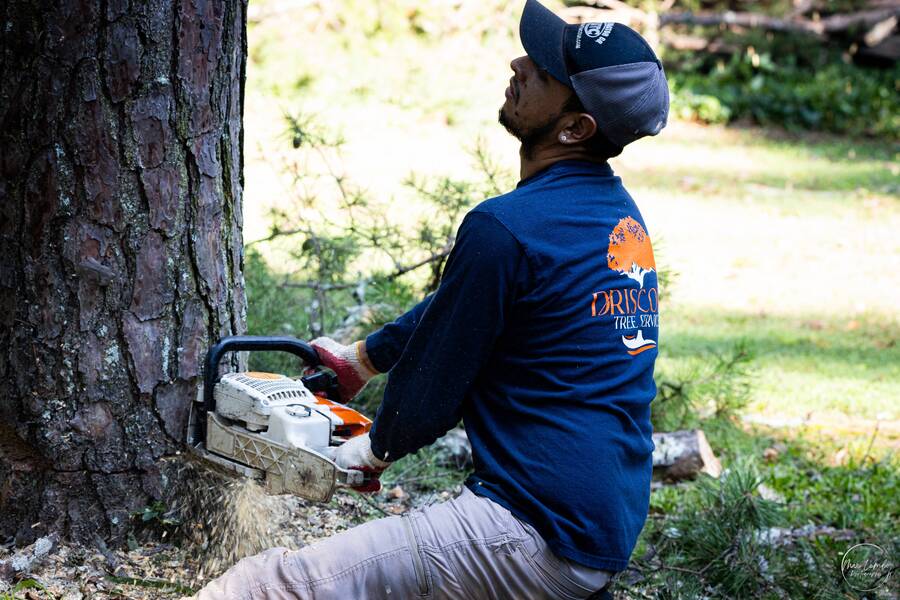
In this guide, Driscoll Tree Service breaks down the cost of tree removal so you know what to expect. Our specialists look into the key factors that influence the cost of removal. Keep reading to learn more.
The average cost of tree removal fluctuates anywhere from $300 to $1,050, with an average cost of $830. However, there are several factors that influence the amount you’ll pay a tree company for tree removal.
Tree removal costs often depend on the size of the tree. Smaller trees (under 30 feet) are more affordable to remove, while medium-sized trees (30–60 feet) fall in the mid-range. Large trees (60–100 feet) require more labor and specialized equipment, making them more expensive. Extra-large trees (over 100 feet) may require cranes and additional precautions, significantly increasing the cost.
Different tree species have unique characteristics that affect removal costs. Softwood trees like pine are easier to remove, whereas hardwood trees such as oak or maple are denser and require more effort. Palm trees, with their fibrous trunks, and trees with complex root systems may also demand specialized removal techniques, influencing the final price.
A tree’s health and condition play a major role in the cost of removal. A healthy tree with strong roots may require more work to cut down and extract, while a diseased or dead tree could be more fragile but still pose safety risks. Storm-damaged or leaning trees often require emergency removal services, which may come with higher fees due to urgency and added precautions.
Removing a tree that has already fallen is usually less expensive than cutting down a standing tree. However, the cost can vary based on its location and the difficulty of hauling away the debris.
A thicker trunk takes more effort and time to cut through, increasing labor costs. Trees with multiple trunks may also require additional work.
Trees located in hard-to-reach areas, such as near power lines, close to buildings, or on steep slopes, require specialized equipment and careful maneuvering, leading to higher removal costs.
If a tree poses an immediate danger due to storm damage or structural instability, emergency services may be needed. These urgent removals often cost more, especially if performed outside regular business hours.
Removing the tree is only part of the job. Stump grinding is an additional service that reduces the stump below ground level, while full stump removal involves extracting the entire root system, both of which can add to the total cost.
If a tree removal service quotes a price that seems too good to be true, it probably is. Extremely low prices may indicate inexperience, lack of insurance, or hidden fees that will surprise you later. Reputable tree companies invest in skilled professionals, proper equipment, and insurance coverage to ensure safe and efficient work. Always ask for proof of licensing and insurance, and get a detailed estimate before committing to any service.

Driscoll Tree Service is a reputable tree company that offers a comprehensive range of services, including tree removal and trimming. We put a lot of emphasis on training and experience because we know that tree removal is a dangerous job. Our experts are equipped with advanced tools to get the job done safely so that you can have peace of mind. Contact us today for all your tree service needs.
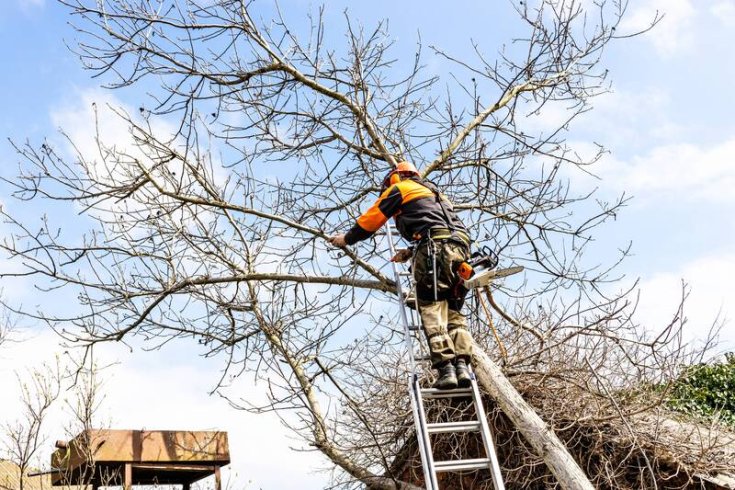
Summer is winding down, the days are getting shorter, and the air will be crisp and the leaves will start falling before you know it. For tree owners, that means it’s time to think ahead. Fall is one of the…
Read More
What are the Benefits of Brush Mulching? Mulching is a standard tree care practice that helps with moisture retention and soil nourishment. While there are several mulching techniques, brush mulching offers a sustainable solution to land management, as it entails…
Read More
How to Save a Storm-Damaged Tree Storms strike anytime, causing significant damage to utility lines, houses, and commercial buildings. In addition, storms may damage trees, but it is often minor and results in no permanent damage. It would help if…
Read More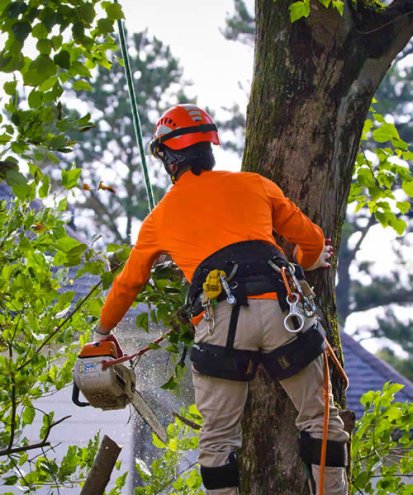
Tree Trimming Safety Tips Tree trimming is a vital aspect of landscaping and garden maintenance that helps keep trees healthy and aesthetically pleasing. However, it can also be hazardous if not done correctly, causing severe damage and premature tree removal.…
Read More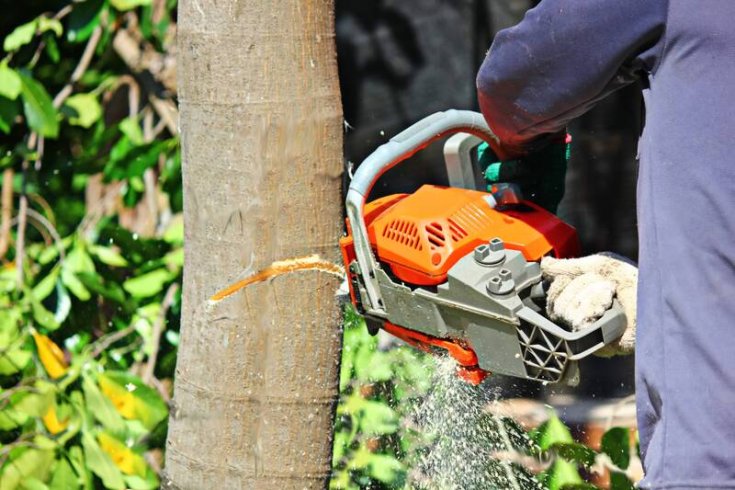
Debunking Common Myths About Tree Removal Trees are magnificent entities that provide many advantages. However, different circumstances like disease, infestation, landscaping needs, or severe damage may prompt tree removal services. While healthy greenery is an asset for property owners, when…
Read More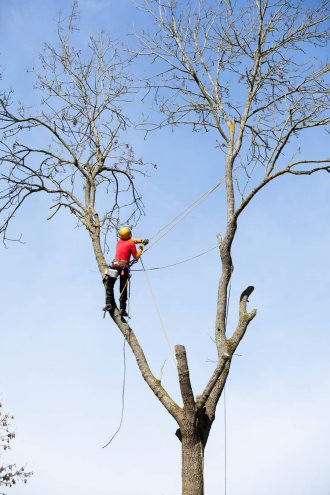
Trees are some of the most beautiful and beneficial parts of any outdoor space. It’s hard not to appreciate their tall branches, fluttering leaves, and calming presence. They offer us oxygen, shade, privacy, and - in some lucky cases -…
Read More
Is it Possible to Minimize Storm Damage to Trees? Trees play a critical role in our environment, providing many benefits like shade, oxygen, and beauty to our landscapes. However, they can also be vulnerable to the destructive forces of nature,…
Read More
What Happens If Tree Roots Freeze? Wintertime isn’t just tough on plumbing and roofing; it is also brutal on trees. Tree roots can freeze when soil temperatures drop below 15°F or the water within the soil surrounding the roots freezes…
Read More
How To Protect Your Trees From Summer Trees are a valuable addition to any landscape and offer many environmental benefits. After spending many months of winter in dormancy, summer is finally here, bringing life to all the greenery in your…
Read More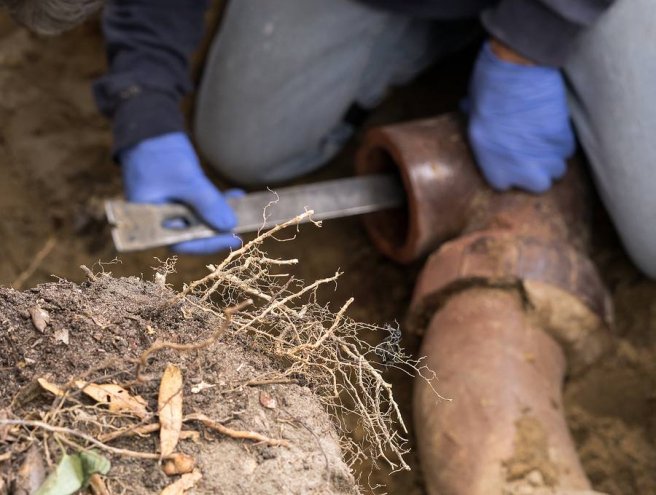
How Tree Roots Damaging Your Pipes Trees are attractive elements in your garden that provide shade and enhance the beauty of your space. However, the giant trees can cause problems to your property’s foundation and plumbing system. These roots are…
Read More